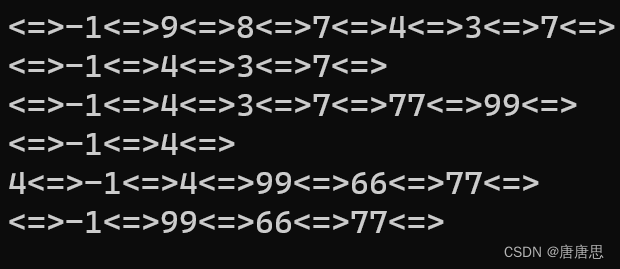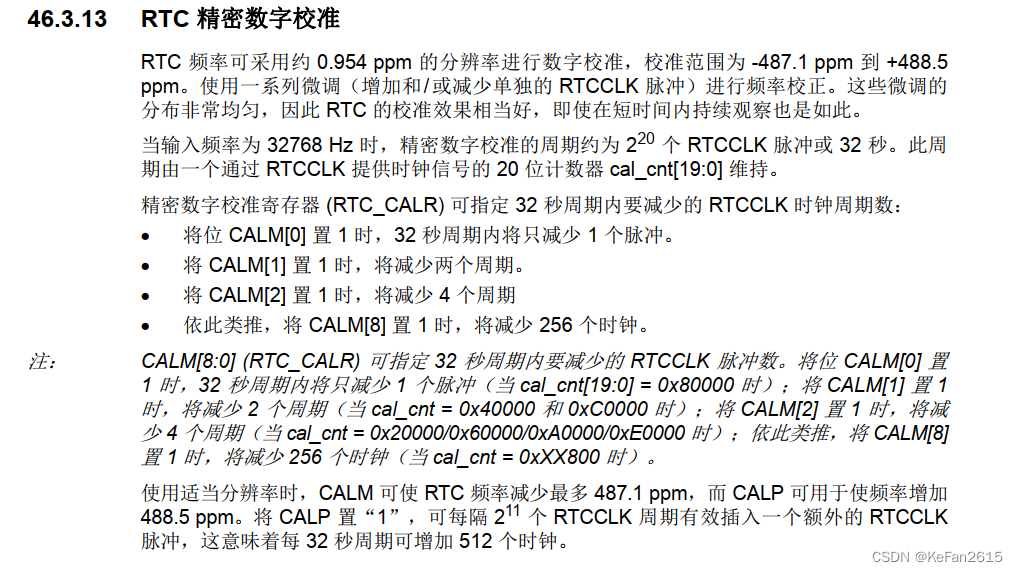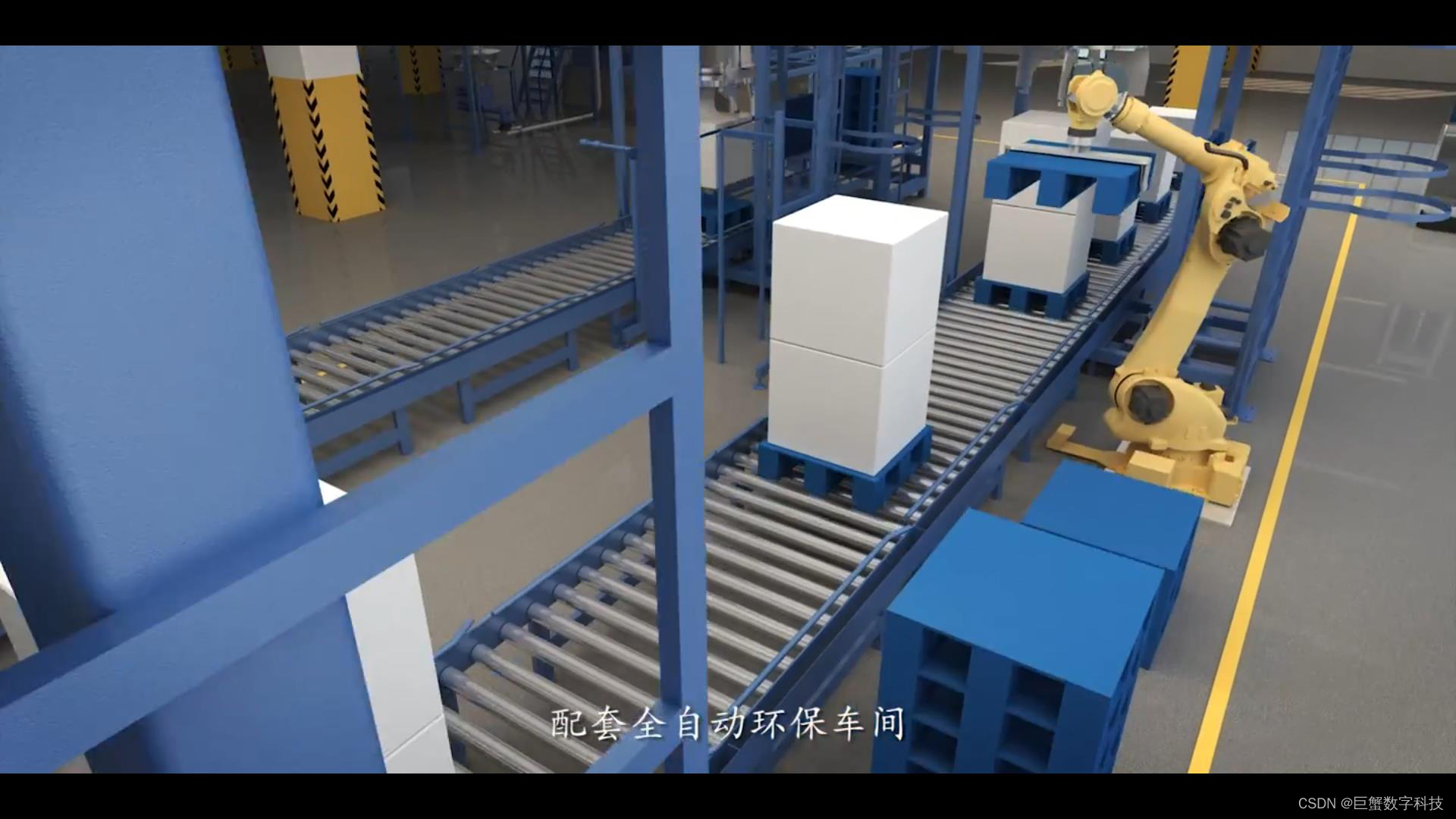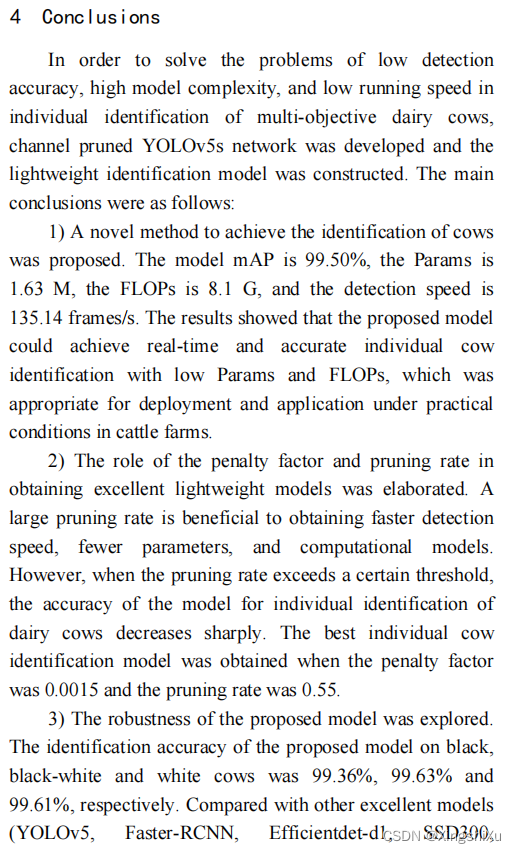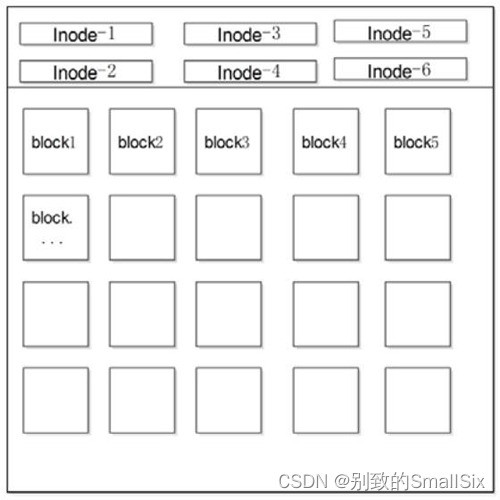参考《Megatron-LM》
文章目录
- 一、Megatron-LM集成简介
- 二、环境配置
- 设置conda环境的步骤:
- 二、Accelerate Megatron-LM Plugin
- 三、自定义训练过程
- 四、检查点转换
- 五、文本生成
- 六、支持ROPE 、 ALiBi和Multi-Query Attention
- 七、注意事项
一、Megatron-LM集成简介

在大规模语言模型训练中,Accelerate通过整合Megatron-LM的特性实现了以下功能:
-
张量并行(TP):降低内存占用,减少节点内的通信量。每个张量被分割成多个部分,每个部分位于不同的GPU上。在每个步骤中,相同的小批量数据由每个部分独立并行处理,然后在所有GPU间进行同步(
all-reduce操作)。在简单的Transformer层中,这导致前向路径有2次all-reduce操作,后向路径也有2次。详情请参阅研究论文Megatron-LM: Training Multi-Billion Parameter Language Models Using Model Parallelism和🤗博客文章中的The Technology Behind BLOOM Training部分。 -
管道并行(PP):通过管道并行降低内存占用并实现大规模训练。采用PipeDream-Flush调度/1F1B调度和交错的1F1B调度来减少朴素管道并行的空闲时间。层被均匀分布到不同的管道并行阶段。例如,如果一个模型有
24层,而我们有4个GPU进行管道并行,则每个GPU将有6层(24/4)。了解如何减少管道并行空闲时间的详细信息,请参阅研究论文Efficient Large-Scale Language Model Training on GPU Clusters Using Megatron-LM和🤗博客文章中的The Technology Behind BLOOM Training部分。 -
序列并行(SP):在使用TP时降低内存占用,无需额外通信。只适用于TP。它通过在序列维度上对每个transformer层的输出进行分片来减少激活内存需求。例如,如果序列长度为
1024,TP大小为4,每个GPU将为每个样本拥有256个标记(1024/4)。这提高了训练所支持的批量大小。了解更多详情,请参阅研究论文Reducing Activation Recomputation in Large Transformer Models。 -
**数据并行(DP)**通过分布式优化器:通过在DP排名之间分片优化器状态和梯度来降低内存占用。例如,使用Adam优化器进行混合精度训练时,每个参数占用12字节的内存。这会均等地分布到各个GPU,即如果有4个GPU,每个参数将占用3字节(12/4)。详情请参阅研究论文ZeRO: Memory Optimizations Toward Training Trillion Parameter Models和🤗博客文章中的The Technology Behind BLOOM Training部分。
-
选择性激活重新计算:通过智能激活检查点技术显著减少激活内存占用。它快速重新计算激活,不存储占用大量内存的激活,从而在内存和重新计算之间取得了很好的折衷。例如,对于GPT-3,这将导致激活所需内存减少70%,而重新计算激活仅增加2.7%的FLOPs开销。了解更多详情,请参阅研究论文Reducing Activation Recomputation in Large Transformer Models。
-
融合内核:包括融合Softmax、混合精度融合层归一化以及线性层权重梯度计算的融合梯度累积。此外,还有PyTorch JIT编译的融合GeLU和融合偏置+Dropout+残差添加。
-
支持索引数据集:为大规模训练提供了高效的二进制数据集格式。支持
mmap、cached索引文件以及lazy加载格式。 -
检查点重塑和互操作性:为了更好地与多种工具(如🤗 Accelerate Big Model Inference、Megatron-DeepSpeed Inference等)兼容,提供了将Megatron-LM检查点的可变张量和管道并行大小重塑为🤗 Transformers分片检查点的实用工具。同时也支持将🤗 Transformers分片检查点转换为Megatron-LM检查点的功能,以便进行大规模训练。
二、环境配置
在开始之前,你需要安装最新版本的PyTorch、CUDA、NCCL以及NVIDIA APEX发行版,以及nltk库。你可以参考文档获取更多详情。另一种设置环境的方法是使用NGC提供的NVIDIA PyTorch容器,它包含所有必需的安装。
设置conda环境的步骤:
-
创建一个虚拟环境
-
假设机器上已安装CUDA 11.3,安装相应的PyTorch GPU版本
conda install pytorch torchvision torchaudio cudatoolkit=11.3 -c pytorch -
安装Nvidia APEX
git clone https://github.com/NVIDIA/apex cd apex pip install -v --disable-pip-version-check --no-cache-dir --global-option="--cpp_ext" --global-option="--cuda_ext" ./ cd .. -
安装Megatron-LM
pip install git+https://github.com/huggingface/Megatron-LM.git
二、Accelerate Megatron-LM Plugin
在《Accelerate 0.24.0文档 二:DeepSpeed集成》中介绍过,启用deepspeed功能时可通过运行accelerate config,以问答的形式完成deepspeed的配置。启用Megatron-LM时也可以直接通过accelerate config命令来完成相关配置,以下是执行此命令时的示例问题:
:~$ accelerate config --config_file "megatron_gpt_config.yaml"
In which compute environment are you running? ([0] This machine, [1] AWS (Amazon SageMaker)): 0
Which type of machine are you using? ([0] No distributed training, [1] multi-CPU, [2] multi-GPU, [3] TPU): 2
How many different machines will you use (use more than 1 for multi-node training)? [1]:
Do you want to use DeepSpeed? [yes/NO]:
Do you want to use FullyShardedDataParallel? [yes/NO]:
Do you want to use Megatron-LM ? [yes/NO]: yes
What is the Tensor Parallelism degree/size? [1]:2
Do you want to enable Sequence Parallelism? [YES/no]:
What is the Pipeline Parallelism degree/size? [1]:2
What is the number of micro-batches? [1]:2
Do you want to enable selective activation recomputation? [YES/no]:
Do you want to use distributed optimizer which shards optimizer state and gradients across data pralellel ranks? [YES/no]:
What is the gradient clipping value based on global L2 Norm (0 to disable)? [1.0]:
How many GPU(s) should be used for distributed training? [1]:4
Do you wish to use FP16 or BF16 (mixed precision)? [NO/fp16/bf16]: bf16
之后会得到如下配置文件(yaml):
~$ cat megatron_gpt_config.yaml
compute_environment: LOCAL_MACHINE
deepspeed_config: {}
distributed_type: MEGATRON_LM
downcast_bf16: 'no'
fsdp_config: {}
machine_rank: 0
main_process_ip: null
main_process_port: null
main_training_function: main
megatron_lm_config:
megatron_lm_gradient_clipping: 1.0
megatron_lm_num_micro_batches: 2
megatron_lm_pp_degree: 2
megatron_lm_recompute_activations: true
megatron_lm_sequence_parallelism: true
megatron_lm_tp_degree: 2
megatron_lm_use_distributed_optimizer: true
mixed_precision: bf16
num_machines: 1
num_processes: 4
rdzv_backend: static
same_network: true
use_cpu: false
下面是使用官方的 megatron_lm_gpt_pretraining.py脚本进行最小化修改,以使用Megatron-LM进行GPT预训练的说明。修改的要点包括:
-
优化器和调度器的使用:Megatron-LM使用自己的优化器实现,需要使用与之兼容的调度器,所以用户需要创建
accelerate.utils.MegatronLMDummyScheduler,示例如下:from accelerate.utils import MegatronLMDummyScheduler if accelerator.distributed_type == DistributedType.MEGATRON_LM: lr_scheduler = MegatronLMDummyScheduler( optimizer=optimizer, total_num_steps=args.max_train_steps, warmup_num_steps=args.num_warmup_steps, ) else: lr_scheduler = get_scheduler( name=args.lr_scheduler_type, optimizer=optimizer, num_warmup_steps=args.num_warmup_steps * args.gradient_accumulation_steps, num_training_steps=args.max_train_steps * args.gradient_accumulation_steps, ) -
总的批量大小:现在需要考虑张量和管道并行大小来获取有效的总批量大小。
if accelerator.distributed_type == DistributedType.MEGATRON_LM: total_batch_size = accelerator.state.megatron_lm_plugin.global_batch_size else: total_batch_size = args.per_device_train_batch_size * accelerator.num_processes * args.gradient_accumulation_steps -
损失值的处理:使用Megatron-LM时,损失值已经在数据并行组内进行了平均。
if accelerator.distributed_type == DistributedType.MEGATRON_LM: losses.append(loss) else: losses.append(accelerator.gather_for_metrics(loss.repeat(args.per_device_eval_batch_size))) if accelerator.distributed_type == DistributedType.MEGATRON_LM: losses = torch.tensor(losses) else: losses = torch.cat(losses) -
模型保存:对于Megatron-LM,需要使用
accelerator.save_state进行模型保存。if accelerator.distributed_type == DistributedType.MEGATRON_LM: accelerator.save_state(args.output_dir) else: unwrapped_model = accelerator.unwrap_model(model) unwrapped_model.save_pretrained( args.output_dir, is_main_process=accelerator.is_main_process, save_function=accelerator.save ) -
开始训练:下面是使用 4 个 A100-80GB GPU 运行 gpt-large:
accelerate launch --config_file megatron_gpt_config.yaml \ examples/by_feature/megatron_lm_gpt_pretraining.py \ --config_name "gpt2-large" \ --tokenizer_name "gpt2-large" \ --dataset_name wikitext \ --dataset_config_name wikitext-2-raw-v1 \ --block_size 1024 \ --learning_rate 5e-5 \ --per_device_train_batch_size 24 \ --per_device_eval_batch_size 24 \ --num_train_epochs 5 \ --with_tracking \ --report_to "wandb" \ --output_dir "awesome_model"
以下是输出日志中的一些重要摘录:
Loading extension module fused_dense_cuda...
>>> done with compiling and loading fused kernels. Compilation time: 3.569 seconds
> padded vocab (size: 50257) with 175 dummy tokens (new size: 50432)
Building gpt model in the pre-training mode.
The Megatron LM model weights are initialized at random in `accelerator.prepare`. Please use `accelerator.load_checkpoint` to load a pre-trained checkpoint matching the distributed setup.
Preparing dataloader
Preparing dataloader
Preparing model
> number of parameters on (tensor, pipeline) model parallel rank (1, 0): 210753280
> number of parameters on (tensor, pipeline) model parallel rank (1, 1): 209445120
> number of parameters on (tensor, pipeline) model parallel rank (0, 0): 210753280
> number of parameters on (tensor, pipeline) model parallel rank (0, 1): 209445120
Preparing optimizer
Preparing scheduler
> learning rate decay style: linear
10/10/2022 22:57:22 - INFO - __main__ - ***** Running training *****
10/10/2022 22:57:22 - INFO - __main__ - Num examples = 2318
10/10/2022 22:57:22 - INFO - __main__ - Num Epochs = 5
10/10/2022 22:57:22 - INFO - __main__ - Instantaneous batch size per device = 24
10/10/2022 22:57:22 - INFO - __main__ - Total train batch size (w. parallel, distributed & accumulation) = 48
10/10/2022 22:57:22 - INFO - __main__ - Gradient Accumulation steps = 1
10/10/2022 22:57:22 - INFO - __main__ - Total optimization steps = 245
20%|████████████▍ | 49/245 [01:04<04:09, 1.27s/it]
10/10/2022 22:58:29 - INFO - __main__ - epoch 0: perplexity: 1222.1594275215962 eval_loss: 7.10837459564209
40%|████████████████████████▊ | 98/245 [02:10<03:07, 1.28s/it]
10/10/2022 22:59:35 - INFO - __main__ - epoch 1: perplexity: 894.5236583794557 eval_loss: 6.796291351318359
60%|████████████████████████████████████▌ | 147/245 [03:16<02:05, 1.28s/it]
10/10/2022 23:00:40 - INFO - __main__ - epoch 2: perplexity: 702.8458788508042 eval_loss: 6.555137634277344
80%|████████████████████████████████████████████████▊ | 196/245 [04:22<01:02, 1.28s/it]
10/10/2022 23:01:46 - INFO - __main__ - epoch 3: perplexity: 600.3220028695281 eval_loss: 6.39746618270874
100%|█████████████████████████████████████████████████████████████| 245/245 [05:27<00:00, 1.28s/it]
使用 accelerate.utils.MegatronLMPlugin可以设置更多功能。
三、自定义训练过程
在使用Megatron-LM进行训练时,可以对训练步骤和数据加载器进行定制化调整。
-
定制训练步骤:在使用Megatron-LM时,如果需要对训练步骤进行特定定制,可以实现
accelerate.utils.AbstractTrainStep或继承其相应的子类,如accelerate.utils.GPTTrainStep、accelerate.utils.BertTrainStep或accelerate.utils.T5TrainStep,以适配Megatron-LM的特定要求和功能。from accelerate.utils import MegatronLMDummyScheduler, GPTTrainStep, avg_losses_across_data_parallel_group # Custom loss function for the Megatron model class GPTTrainStepWithCustomLoss(GPTTrainStep): def __init__(self, megatron_args, **kwargs): super().__init__(megatron_args) self.kwargs = kwargs def get_loss_func(self): def loss_func(inputs, loss_mask, output_tensor): batch_size, seq_length = output_tensor.shape losses = output_tensor.float() loss_mask = loss_mask.view(-1).float() loss = losses.view(-1) * loss_mask # Resize and average loss per sample loss_per_sample = loss.view(batch_size, seq_length).sum(axis=1) loss_mask_per_sample = loss_mask.view(batch_size, seq_length).sum(axis=1) loss_per_sample = loss_per_sample / loss_mask_per_sample # Calculate and scale weighting weights = torch.stack([(inputs == kt).float() for kt in self.kwargs["keytoken_ids"]]).sum(axis=[0, 2]) weights = 1.0 + self.kwargs["alpha"] * weights # Calculate weighted average weighted_loss = (loss_per_sample * weights).mean() # Reduce loss across data parallel groups averaged_loss = avg_losses_across_data_parallel_group([weighted_loss]) return weighted_loss, {"lm loss": averaged_loss[0]} return loss_func def get_forward_step_func(self): def forward_step(data_iterator, model): """Forward step.""" # Get the batch. tokens, labels, loss_mask, attention_mask, position_ids = self.get_batch(data_iterator) output_tensor = model(tokens, position_ids, attention_mask, labels=labels) return output_tensor, partial(self.loss_func, tokens, loss_mask) return forward_step def main(): # Custom loss function for the Megatron model keytoken_ids = [] keywords = ["plt", "pd", "sk", "fit", "predict", " plt", " pd", " sk", " fit", " predict"] for keyword in keywords: ids = tokenizer([keyword]).input_ids[0] if len(ids) == 1: keytoken_ids.append(ids[0]) accelerator.print(f"Keytoken ids: {keytoken_ids}") accelerator.state.megatron_lm_plugin.custom_train_step_class = GPTTrainStepWithCustomLoss accelerator.state.megatron_lm_plugin.custom_train_step_kwargs = { "keytoken_ids": keytoken_ids, "alpha": 0.25, } -
Megatron-LM Dataloader:在处理Megatron-LM数据集时,数据加载器仅在张量并行组的一个特定GPU(即rank 0)上可用,在其他GPU上,数据加载器不可用。针对这种情况,需要进行一些调整:
-
需要使用
MegatronLMDummyDataLoader并传递必要的数据集参数(如data_path、seq_length等),更多详见参数列表。from accelerate.utils import MegatronLMDummyDataLoader megatron_dataloader_config = { "data_path": args.data_path, "splits_string": args.splits_string, "seq_length": args.block_size, "micro_batch_size": args.per_device_train_batch_size, } megatron_dataloader = MegatronLMDummyDataLoader(**megatron_dataloader_config) accelerator.state.megatron_lm_plugin.megatron_dataset_flag = True
- 获取数据加载器: 数据加载器需要在张量并行组的rank 0上获取。为了在训练、验证和测试过程中使用不同的数据加载器,
megatron_dataloader被使用了3次,分别用于获取训练、验证和测试数据加载器。这里的数量和比例由args.splits_string参数决定。model, optimizer, lr_scheduler, train_dataloader, eval_dataloader, _ = accelerator.prepare( model, optimizer, lr_scheduler, megatron_dataloader, megatron_dataloader, megatron_dataloader ) - . 处理数据加载器可用性: 在训练和评估循环中,需要考虑数据加载器在其他GPU上不可用的情况。因此,在迭代过程中,必须确保仅在数据加载器不为空时进行迭代(即仅在rank 0上有数据加载器时才执行训练或评估),否则需要提供一个空的字典作为占位符。为了实现这一点,使用了一个while循环,在达到指定的训练步数
args.max_train_steps时结束循环。while completed_steps < args.max_train_steps: model.train() batch = next(train_dataloader) if train_dataloader is not None else {} outputs = model(**batch) loss = outputs.loss ... if completed_steps % eval_interval == 0: eval_completed_steps = 0 losses = [] while eval_completed_steps < eval_iters: model.eval() with torch.no_grad(): batch = next(eval_dataloader) if eval_dataloader is not None else {} outputs = model(**batch)
-
这种调整确保了在处理Megatron-LM数据集时,训练和评估循环能够正确地运行,并在必要时适应数据加载器在部分GPU上不可用的情况。这也展示了 🤗 Accelerate 在适应不同情况下的灵活性和可扩展性。
四、检查点转换
Megatron-LM使用模型并行(model parallel)、流水线并行(pipeline parallel)和数据并行(data parallel)来支持分布式训练。而🤗Transformers使用基于参数分片(sharding)的方法。两者检查点格式并不兼容。
使用transformers库的checkpoint_reshaping_and_interoperability.py脚本,将Megatron-LM转换到通用Transformers 检查点:
python checkpoint_reshaping_and_interoperability.py \
--convert_checkpoint_from_megatron_to_transformers \
--load_path "gpt/iter_0005000" \
--save_path "gpt/trfs_checkpoint" \
--max_shard_size "200MB" \
--tokenizer_name "gpt2" \
--print-checkpoint-structure
使用 tp_size=2 、 pp_size=2 和 dp_size=2 将检查点从通用Transformers 转换到Megatron-LM:
python checkpoint_utils/megatgron_gpt2/checkpoint_reshaping_and_interoperability.py \
--load_path "gpt/trfs_checkpoint" \
--save_path "gpt/megatron_lm_checkpoint" \
--target_tensor_model_parallel_size 2 \
--target_pipeline_model_parallel_size 2 \
--target_data_parallel_size 2 \
--target_params_dtype "bf16" \
--make_vocab_size_divisible_by 128 \
--use_distributed_optimizer \
--print-checkpoint-structure
五、文本生成
使用Megatron-LM GPT模型的megatron_generate方法可进行高效的文本生成。首先设置require_logits=True,可以让Megatron-LM的GPT模型返回输出层的logits,以供后续生成所用。
megatron_lm_plugin = MegatronLMPlugin(return_logits=True)
Megatron-LM提供了megatron_generate方法专门用于GPT模型的生成,它利用了张量并行和管道并行来为一批输入完成生成。主要包括贪心采样(top-k、top-p)的批量生成,以及束搜索解码的单样本生成。
该方法的优点在于可以利用张量并行和管道并行来进行生成,已经默认使用了键值缓存和融合内核(fused kernels)。但是,使用这个方法需要将数据并行大小设置为1,禁用序列并行性和激活检查点,并且需要指定分词器的词汇文件和合并文件。以下是配置示例:
# 定义了分词器的词汇文件和合并文件的路径
vocab_file = os.path.join(args.resume_from_checkpoint, "vocab.json")
merge_file = os.path.join(args.resume_from_checkpoint, "merges.txt")
# 创建MegatronLMPlugin实例,同时传入了额外的Megatron参数,这些参数包括分词器的词汇文件和合并文件。
other_megatron_args = {"vocab_file": vocab_file, "merge_file": merge_file}
megatron_lm_plugin = MegatronLMPlugin(other_megatron_args=other_megatron_args)
# i通过 model.megatron_generate 方法进行了不同方式的文本生成
tokenizer.pad_token = tokenizer.eos_token
max_new_tokens = 64
batch_texts = [
"Are you human?",
"The purpose of life is",
"The arsenal was constructed at the request of",
"How are you doing these days?",
]
batch_encodings = tokenizer(batch_texts, return_tensors="pt", padding=True)
# top-p 采样
generated_tokens = model.megatron_generate(
batch_encodings["input_ids"],
batch_encodings["attention_mask"],
max_new_tokens=max_new_tokens,
top_p=0.8,
top_p_decay=0.5,
temperature=0.9,
)
decoded_preds = tokenizer.batch_decode(generated_tokens.cpu().numpy())
accelerator.print(decoded_preds)
# top-k 采样
generated_tokens = model.megatron_generate(
batch_encodings["input_ids"],
batch_encodings["attention_mask"],
max_new_tokens=max_new_tokens,
top_k=50,
temperature=0.9,
)
decoded_preds = tokenizer.batch_decode(generated_tokens.cpu().numpy())
accelerator.print(decoded_preds)
# 在输入文本前加入bos标记
generated_tokens = model.megatron_generate(
batch_encodings["input_ids"], batch_encodings["attention_mask"], max_new_tokens=max_new_tokens, add_BOS=True
)
decoded_preds = tokenizer.batch_decode(generated_tokens.cpu().numpy())
accelerator.print(decoded_preds)
# beam search => only takes single prompt
batch_texts = ["The purpose of life is"]
batch_encodings = tokenizer(batch_texts, return_tensors="pt", padding=True)
generated_tokens = model.megatron_generate(
batch_encodings["input_ids"],
batch_encodings["attention_mask"],
max_new_tokens=max_new_tokens,
num_beams=20,
length_penalty=1.5,
)
# 生成的token被解码为文本,并通过 tokenizer.batch_decode 方法转换为可读的文本形式。
decoded_preds = tokenizer.batch_decode(generated_tokens.cpu().numpy())
accelerator.print(decoded_preds)
-
Top-p采样:
- 使用了
top_p参数进行文本生成,这是一种基于概率的采样方法。在每个位置,模型将根据概率动态地选择概率大于给定阈值top_p的token作为下一个token的候选,直到生成指定数量的token(max_new_tokens)。top_p的值为0.8,表示每次选择token时保留概率大于0.8的候选token。此外,还有一个top_p_decay参数,用于在生成过程中逐步降低top_p的值。
- 使用了
-
Top-k采样:
- 使用了
top_k参数进行文本生成,这是另一种基于概率的采样方法。在每个位置,模型将在概率最高的top_k个token中进行选择作为下一个token的候选,直到生成指定数量的token(max_new_tokens)。这种方法不考虑token的概率大小,只根据排名选择概率最高的token。
- 使用了
通常来说,top-p sampling可以产生更多样而新颖的文本,而top-k sampling计算简单高效,但生成内容的多样性较差,需根据实际场景需求选择使用。
束搜索是遍历多种可能输出序列,同时保留topk个可能序列。它能更全面搜索输出空间,找到更佳解。但由于需要追踪多条序列,计算更复杂,所以一般只用于单样本。
最后,megatron_gpt2_generation.py 提供了使用egatron_generate 方法的端到端示例,其中包含配置文件 megatron_lm_gpt_generate_config.yaml,还有启动脚本megatron_lm_gpt_generate.sh 及其输出日志megatron_lm_gpt_generate.log。
六、支持ROPE 、 ALiBi和Multi-Query Attention
对于 ROPE/ALiBi 注意力,可设置 position_embedding_type为"absolute" 、“rotary” 或"alibi":
other_megatron_args = {"position_embedding_type": "alibi"}
megatron_lm_plugin = MegatronLMPlugin(other_megatron_args=other_megatron_args)
对于Multi-Query Attention,可设置attention_head_type 为"multihead" 或 “multiquery”:
other_megatron_args = {"attention_head_type": "multiquery"}
megatron_lm_plugin = MegatronLMPlugin(other_megatron_args=other_megatron_args)
七、注意事项
这段文字主要介绍了使用Megatron-LM集成时🤗Transformers的一些使用限制和注意事项:
-
目前只支持GPT2、Megatron-BERT和T5这三类模型结构,涵盖了decoder-only、encoder-only和encoder-decoder三种情况。
-
模型forward时只返回loss,不直接返回logit,这是因为管道、张量和数据并行之间存在相当复杂的相互作用。这些损失是在数据并行排名中进行了平均。对于大多数情况,特别是在使用Megatron-LM特性运行预训练任务时,可以使用损失来轻松计算困惑度。对于GPT模型,除了损失外,还支持返回logits。这些logits并未在数据并行排名中被收集,可以使用 accelerator.utils.gather_across_data_parallel_groups 来收集跨数据并行排名的logits,然后与标签一起用于计算各种性能指标。
-
主进程为最后一个流水线阶段rank,is_main_process等接口按此判断。
-
在 accelerator.prepare 调用中,会创建一个与给定Transformers模型对应的Megatron-LM模型,具有随机权重。需要使用 accelerator.load_state 来加载具有匹配TP、PP和DP分区的Megatron-LM检查点。
-
gradient_accumulation_steps需要为1。Megatron中的micro batch类似累积梯度。
-
保存和加载检查点用save_state和load_state接口。
-
支持Megatron和Transformers三种模型的对应关系,而其他 🤗 transformers 的模型架构则不受支持
- Megatron-LM BertModel 对应于 🤗 transformers 中具有 megatron-bert 模型类型的模型,如 MegatronBERT。
- Megatron-LM GPTModel 对应于 🤗 transformers 中具有 gpt2 模型类型的模型,如 OpenAI GPT2。
- Megatron-LM T5Model 对应于 🤗 transformers 中具有 t5 模型类型的模型,如 T5 和 MT5。








